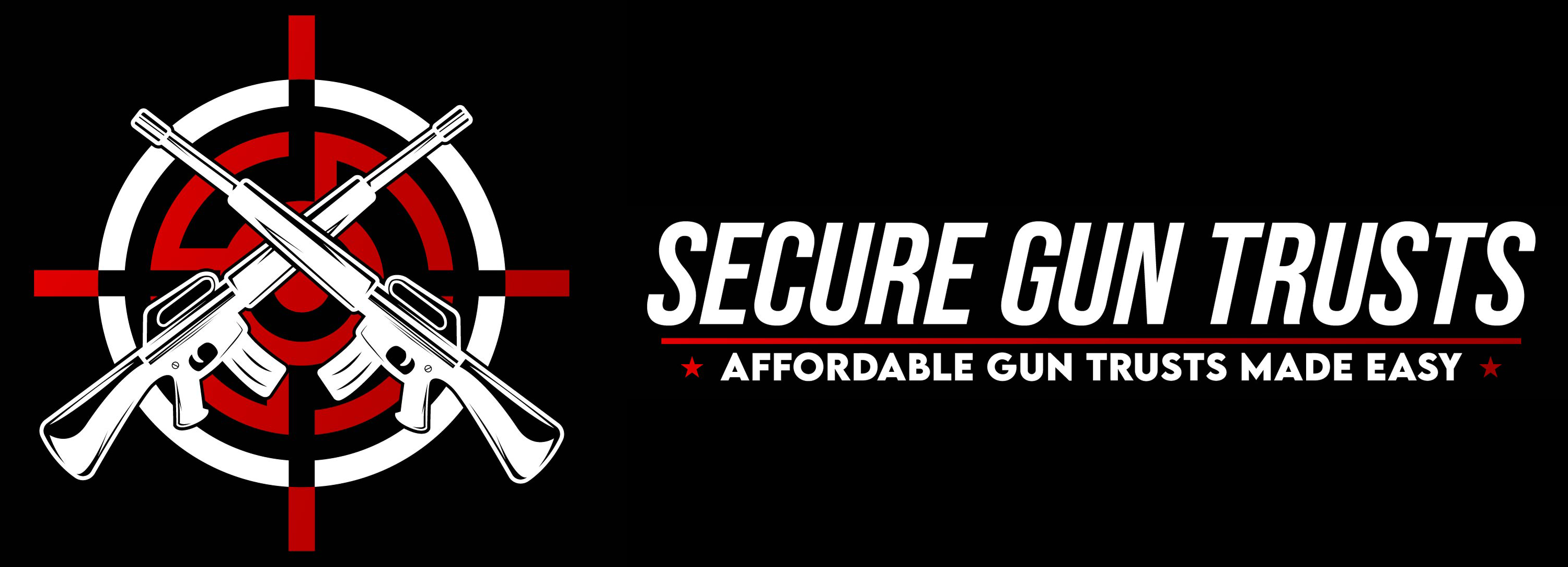Gun laws in the United States have evolved over the past century in response to changes in society, criminal behavior, and political pressures. Two landmark federal laws—the National Firearms Act (NFA) of 1934 and the Gun Control Act (GCA) of 1968—laid the foundation for modern gun regulation. These laws introduced key classifications that still affect gun owners today: Title I and Title II firearms.
The National Firearms Act of 1934
The first significant federal gun control law in the U.S. was the National Firearms Act (NFA), passed in 1934. The motivation behind the NFA was a rise in organized crime during the Prohibition era. Criminals were using machine guns, sawed-off shotguns, and other concealable firearms to commit violent crimes. Rather than banning these weapons outright, Congress chose to regulate them through taxation and registration.
The NFA imposed the following requirements on certain classes of firearms:
- A $200 tax stamp for the transfer or manufacture of an NFA weapon—a significant amount at the time.
- Mandatory registration of NFA firearms with the federal government.
- The requirement of fingerprinting and background checks for all individuals seeking to acquire or manufacture NFA items.
The types of firearms regulated by the NFA include:
- Machine guns (fully automatic firearms)
- Short-barreled rifles (rifles with barrels under 16 inches or overall length under 26 inches)
- Short-barreled shotguns (barrels under 18 inches or overall length under 26 inches)
- Silencers (suppressors)
- Destructive devices (explosives, grenades, large bore firearms over .50 caliber)
- Any Other Weapon (AOW) – a catchall for concealable weapons that don’t fall into the above categories
These firearms are now referred to as Title II weapons, a term that would become official decades later with the passage of the Gun Control Act.
The Gun Control Act of 1968
Fast forward to the 1960s—a decade marked by political turmoil, assassinations, and a rising call for gun reform. The assassinations of President John F. Kennedy, Senator Robert F. Kennedy, and Dr. Martin Luther King Jr. shocked the nation and prompted a closer look at gun access and regulation.
In response, Congress enacted the Gun Control Act (GCA) of 1968, which significantly expanded the federal government’s authority to regulate firearms. The GCA:
- Prohibited the sale of firearms to certain categories of people, including felons, drug users, and the mentally ill.
- Prohibited interstate firearm sales without involvement of a federally licensed dealer.
- Created a Federal Firearms License (FFL) system for dealers, manufacturers, and importers.
- Required serial numbers on all firearms to improve traceability.
- Restricted the importation of firearms not deemed “sporting” in purpose.
Perhaps most importantly, the GCA divided firearms into two main categories: Title I and Title II firearms.
Title I Firearms
Title I firearms refer to the most common types of guns owned by civilians—handguns, rifles, and shotguns—that are not regulated under the NFA. These guns are widely available and can be bought and sold through dealers who hold a Federal Firearms License (FFL), following the rules set forth in the GCA.
To purchase a Title I firearm from an FFL dealer, a buyer must:
- Be at least 18 for rifles and shotguns, and 21 for handguns.
- Pass a background check through the National Instant Criminal Background Check System (NICS).
- Complete an ATF Form 4473 declaring they are not a prohibited person.
Title I firearms are subject to fewer restrictions than Title II weapons and are the most common firearms owned for self-defense, hunting, and sport shooting.
Title II Firearms
Title II firearms are those originally regulated by the NFA and still subject to its rules. When the GCA was passed in 1968, it incorporated the NFA into the U.S. Code as Title II of the Gun Control Act, hence the name. Title II firearms include:
- Machine guns
- Short-barreled rifles (SBRs)
- Short-barreled shotguns (SBSs)
- Silencers/suppressors
- Destructive devices
- Any Other Weapon (AOW)
These weapons are not illegal to own in most states, but they come with additional legal requirements:
- You must submit an application to the Bureau of Alcohol, Tobacco, Firearms and Explosives (ATF).
- You must pay the $200 tax (or $5 for certain AOWs).
- You must undergo fingerprinting, a background check, and law enforcement notification.
- The firearm must be registered to the individual or legal entity (such as a gun trust).
Why This Matters for Gun Owners
If you’re a gun owner interested in silencers, short-barreled rifles, or other NFA-regulated items, it’s crucial to understand the distinction between Title I and Title II firearms. Mistakenly possessing an unregistered NFA item is a federal felony punishable by up to 10 years in prison and a $250,000 fine.
Because of the legal complexities involved, many gun owners choose to set up an NFA Gun Trust. A trust can make the ownership, transfer, and use of Title II firearms much easier—especially if multiple people will have access to the items.
The Bottom Line
The National Firearms Act of 1934 and the Gun Control Act of 1968 form the backbone of federal firearm regulation in the U.S. These laws created the framework of Title I (standard) and Title II (NFA-regulated) firearms, each with its own rules and restrictions.
Whether you’re a collector, a recreational shooter, or a firearms enthusiast, knowing the difference between Title I and Title II firearms—and how federal law applies—is essential for staying compliant and protecting your rights.

